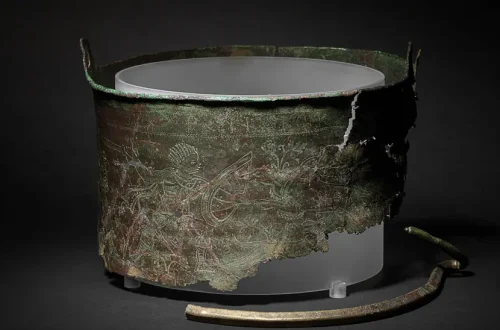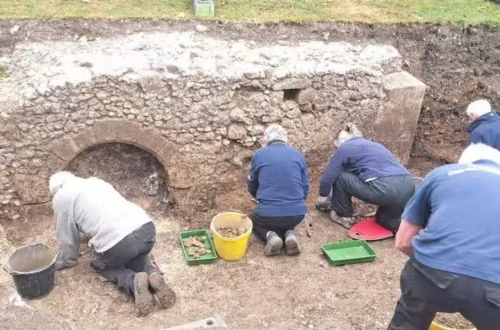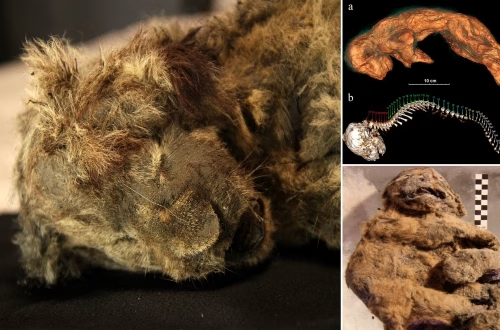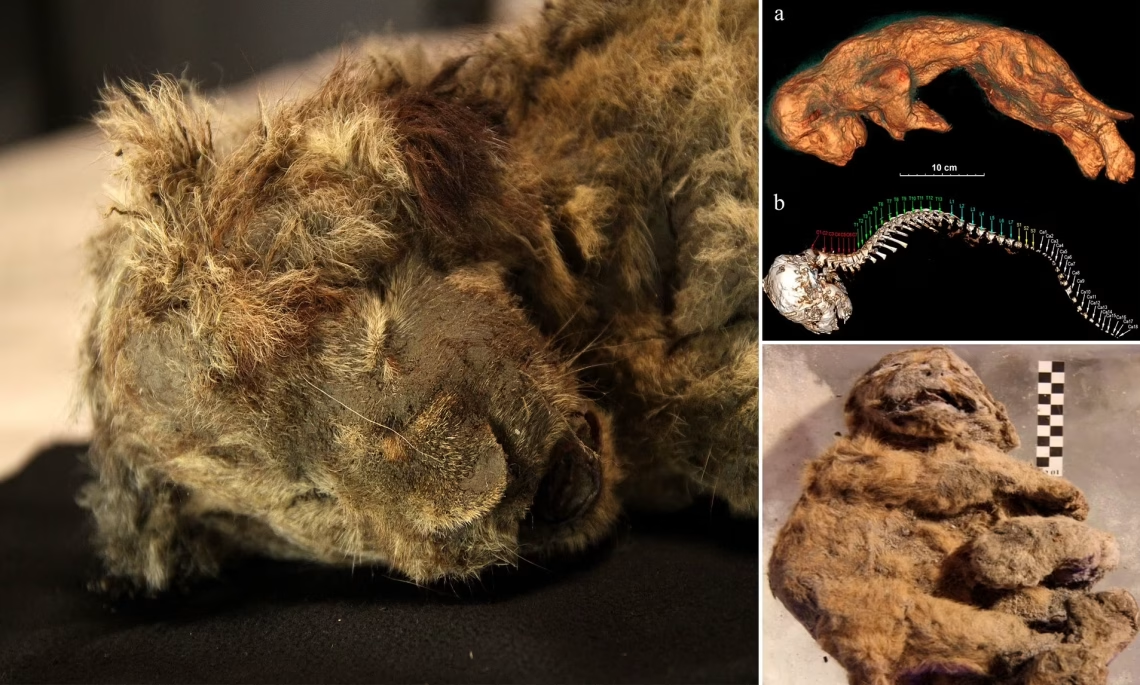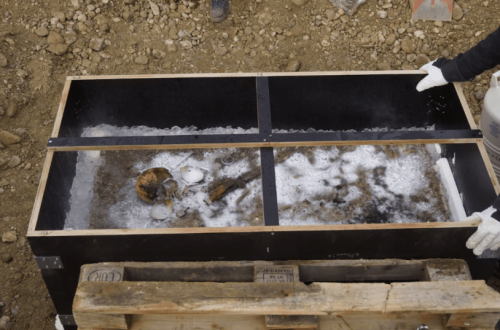A recent archaeological excavation in Chichester’s Priory Park has revealed the remains of a stone tower, known as a barbican, which once defended the city’s Norman castle. The discovery, made during a two-week dig led by Chichester District Council’s archaeologist James Kenny in collaboration with the Chichester and District Archaeological Society (CDAS), sheds new light on the city’s 11th-century history. The excavation, which concluded in early June 2025, focused on an area north of The Guildhall in Priory Park. Guided by geophysics and ground-penetrating radar scans conducted since 2022, the team uncovered the remains of a substantial stone structure measuring…
-
-
The administration of President Donald Trump has proposed significant reductions in federal funding that are poised to disrupt archaeological research and preservation efforts across the United States. These cuts, detailed in a recent budget proposal, have raised alarm among archaeologists, who warn that the nation’s ability to protect and study its historical sites is at risk. The measures, which require congressional approval, have sparked concern about the long-term impact on America’s cultural heritage as the country approaches its 250th anniversary in 2026. According to a report by The New York Times, federal support for archaeological research, preservation, and museums has…
-
In Siberia’s permafrost, mammoth tusk collectors uncovered two remarkably preserved cave lion cubs, Boris and Sparta, in 2017 and 2018. These cubs, aged one to two months when they died roughly 28,000 and 43,000 years ago, offer a rare glimpse into the Ice Age. With fur, whiskers, and even traces of mother’s milk preserved, they rank among the best-preserved Ice Age animals ever discovered. The collectors spotted the cubs along the Semyuelyakh River in Russia’s Yakutia region, buried 10 to 12 meters deep. The female, Sparta stands out for her near-perfect condition, with intact claws and fur, while Boris provides…

